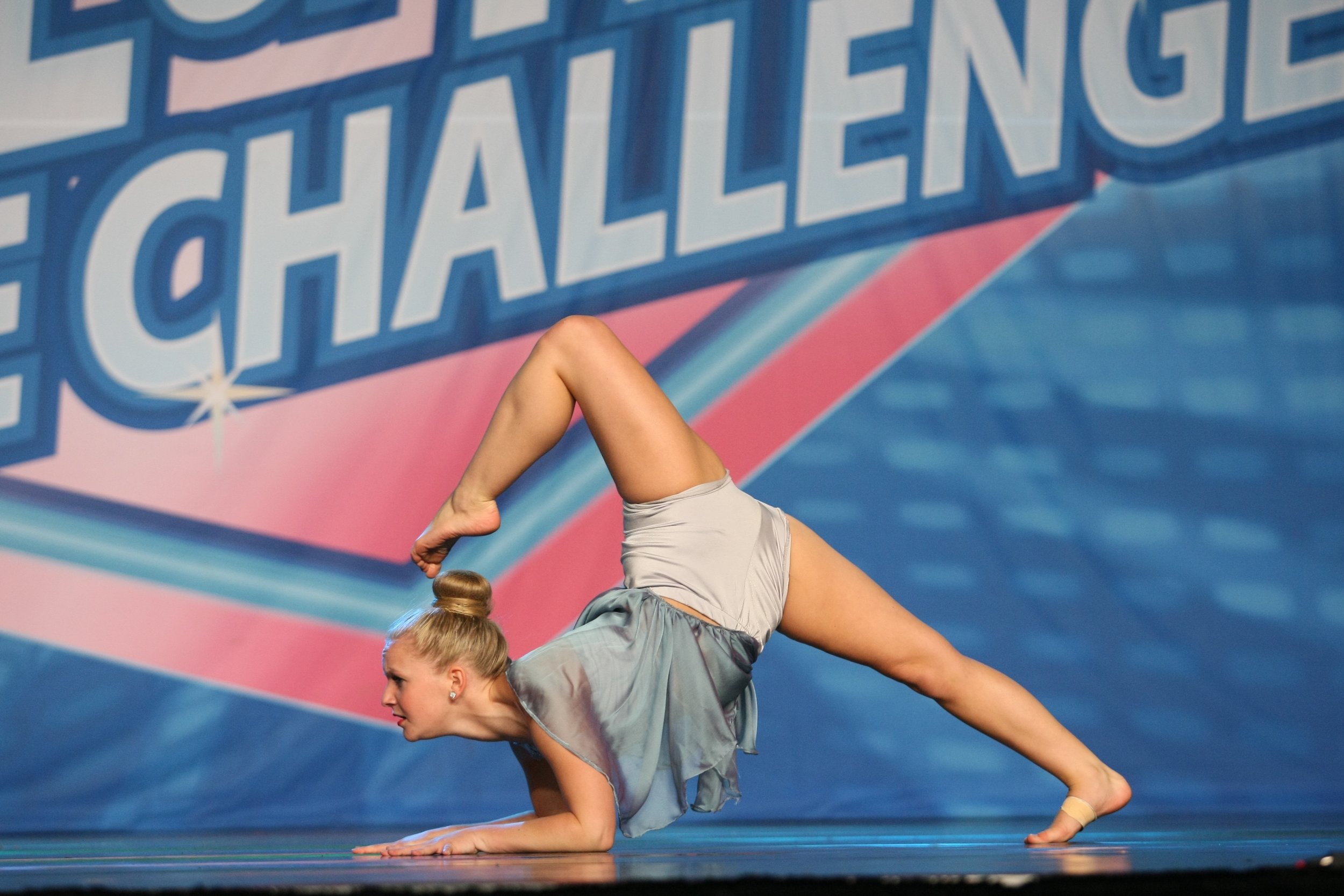Move Your Fundraising From Mired to Inspired
About 15 years ago, when I was the Executive Director of a Community College Foundation, I attended the annual conference for the California Community College  Foundations. At that time, most of us were offices of one (or part of one as many of us also had jobs within the college), and few of us were raising anything close to a significant amount of money. Planned giving hadn’t been on our radar, but a few of us were starting to push that agenda. Accordingly, the director of planned giving at a mid-sized university was invited to speak.
Foundations. At that time, most of us were offices of one (or part of one as many of us also had jobs within the college), and few of us were raising anything close to a significant amount of money. Planned giving hadn’t been on our radar, but a few of us were starting to push that agenda. Accordingly, the director of planned giving at a mid-sized university was invited to speak.
She started by noting how important it was for us to get our “planned giving team” together weekly for a strategy meeting.
The room exploded….in laughter.
She looked confused. We explained: for the most part, we were the team. The team of it all. We were all the foundation had.
This is not an unusual scenario. While the vast majority—over 80%--of all public charities are very small, most of the advice, training, articles on fundraising come from the perspective of people who seem to believe that everyone has a robust development department. Most consultants consult as if there is actually a backbench to support the person they are talking with.
But mostly, that is untrue.
Over my 11 years as a consultant, my clients have mirrored the sector. Mainly they are small. Mostly they are under-resourced. Typically, they are, mirroring my blog name, too busy to fundraise. And yet, fundraise they must.
I pride myself on working with these organizations by first meeting them where they are. And then helping them to figure out the best ways to raise the most money they possibly can.
That means that the plans we devise are specific to them. The trainings I offer are heavy with specific tips on what they can do right now.
It starts by knowing what is making you too busy to fundraise. And then figuring out how to change that dynamic.
Special events and grants are often the villain. Considering the amount of money (not so much) that is raised—and especially how much is raised for the all-important general or operating fund (way too little)—they are terrible ways to spend your precious hours. But if you must, focus only on that which actually raises money.
When I was a one-person office, I left the logistics of the actual event—the food, the decorations, the a/v equipment—to the catering department of whatever venue we were using. I hoped my board would sell the seats and tables. If I was forced (by the board) to have a silent auction, I gave them a choice—they could form a subcommittee that would be 100% responsible for the silent auction, or I would hire a company that did silent auctions for charities. I focused on sponsorships and I made sure that sponsorships were not cheap. The benefits were all about public relations. They could have a table, but unless they were willing to fill that table with senior executives and their friends, I would fill those tables for them. I had been to too many galas where the most centrally located tables were either completely empty or filled with low-level staff who often drank themselves silly and created havoc at the event.
My second job was follow-up. Every board member was tasked with making sure we knew who was sitting in every seat and how we could get in touch with them. Certainly not everyone turned into a regular donor, but some did and a few made the effort more than worthwhile.
Likewise with grants. For starters, relationships matter there as much as they do with individual fundraising. So most of my grant time was spent getting to know program officers at the various foundations and finding out what really mattered to them.
I did spend a lot of upfront time creating an internal case statement, which had everything I ever needed to know about my organization. I also built two reporting templates—one for the end of the grant and one for interim reports.
For renewal grants, I allowed myself no more than 4 hours to gather and pull together the information. They were renewals, for heaven’s sake. I did not need to reinvent the wheel every single time.
New grants often took more time, but often I could repurpose information from other grants. I kept a tight lid on time there also, often dictated by (a) the amount requested and (b) the length the proposal needed to be. Needless to say, government grants took a whole lot longer than proposals to private foundations.
There are so many ways to move yourself from “mired to inspired.” It takes effort, but it is effort that is so worthwhile.
Janet Levine works to help nonprofits get inspired and out from under unneeded and time-consuming tasks. Learn how she can help you by scheduling a 30-minute free consultation (via phone or video conferencing). And get help monthly via the newsletter. Subscribe at http://janetlevineconsulting.com
